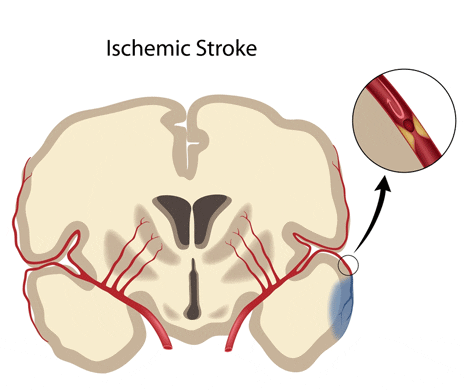Results from a new study suggest that timely administration of ischemic stroke treatment doubled following the introduction of electronic health record (EHR) technology enabling care-decision support for physicians.
The study, published recently in Annals of Emergency Medicine, was conducted during the staged implementation of computerized physician order entry when integrated into electronic health records across 16 Kaiser Permanente Northern California medical centers from 2007 to 2012, a media release from Kaiser Permanente explains.
After the staged implementation was completed, guidelines for the treatment of stroke patients in the emergency department were made available to physicians using an “order set,” the release continues.
Order sets, per the release, provide standardized laboratory, radiology, and drug ordering, as well as information to help physicians make clinical decisions.
Of the 10,081 patients examined during the study period, 6,686 (66.3%) were treated in medical centers after computerized physician order entry had been implemented. IV tPA was administered in the emergency department to 8.9% of these patients, compared to 3.3% of patients in emergency departments at medical centers without the new technology—more than doubling the rate of IV tPA administration, the release explains.
When the stroke order set was employed in combination with the computerized physician order entry, IV tPA administration increased to 12.7%—a nearly three-fold increase. Even after accounting for variable factors, these differences held steady, per the release.
“This study demonstrates that computerized physician order entry generally—and an order set embedded with decision support specifically—can facilitate the delivery of time-sensitive interventions for stroke while minimizing errors,” says lead author Dustin Ballard, MD, an emergency medicine physician at the Kaiser Permanente San Rafael (California) Medical Center and an adjunct researcher at the Kaiser Permanente Division of Research, in the release.
“In this case, the investigation showed that these tools can safely lead to more frequent administration of medication to thin blood and break up blood clots in the brain, a treatment that has been associated with better neurological recovery after stroke,” he continues.
“While the technology is not likely to be solely responsible for the improved outcomes observed in this study, it may represent a proxy measure for optimum care for certain patients, in particular those for whom the speed of initiating therapy, the completeness of information available to the clinician, and the intensity of inpatient care make a real difference in short-term outcomes,” adds co-author David Vinson, MD, an emergency medicine physician at the Kaiser Permanente Roseville (California) Medical Center, in the release.
Ballard and Vinson are co-founders of the Clinical Research in Emergency Services and Treatments (CREST) Network, a group of emergency medicine physician-researchers affiliated with the Kaiser Permanente Division of Research, according to the release.
[Source(s): Kaiser Permanente, PR Newswire]





